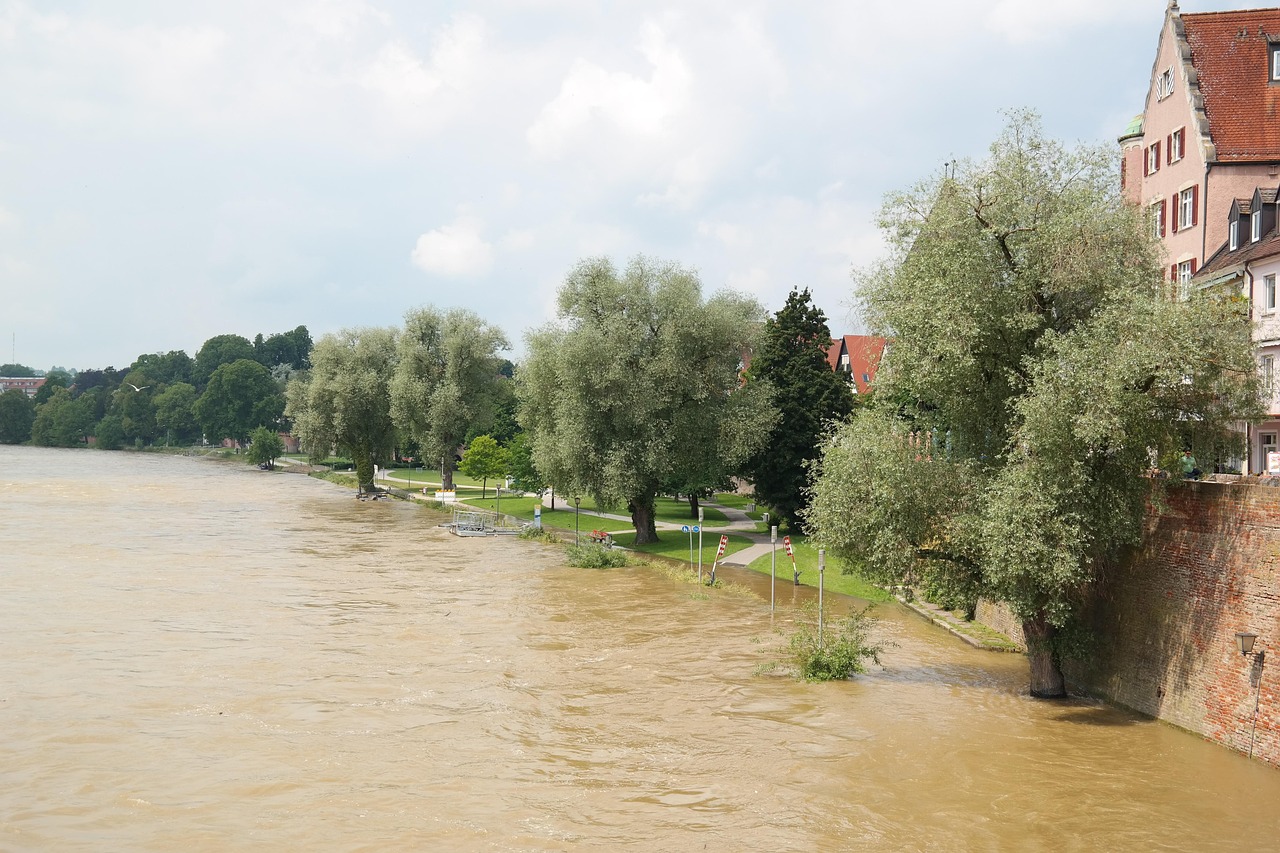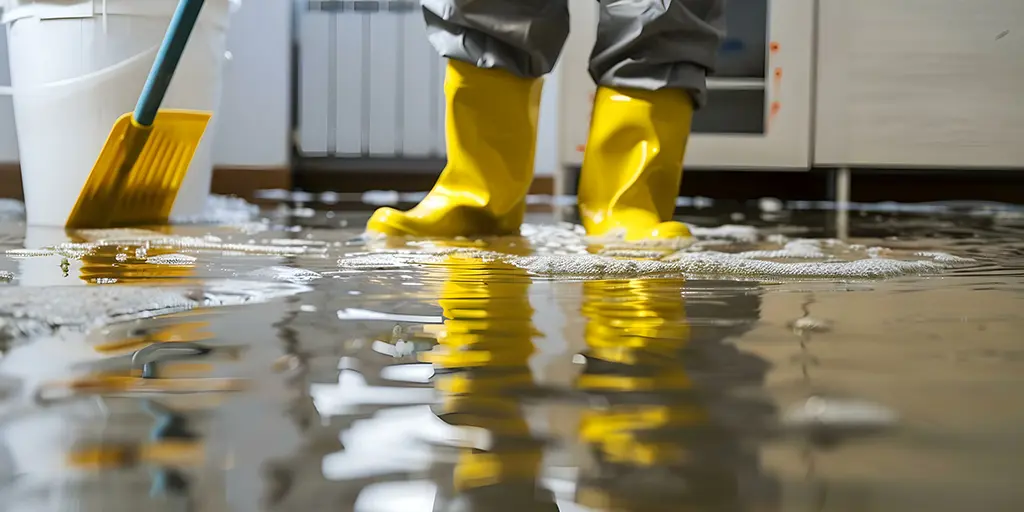


Dealing with a water damaged carpet insurance claim can be an overwhelming experience, especially when faced with the complexities of filing a home insurance claim yourself.
Whether it’s from a burst pipe, a leaking appliance, or flooding, understanding how to navigate the insurance claim process is crucial to securing the coverage you deserve. In this guide, we’ll break down everything you need to know about water damaged carpet insurance claims, from understanding your coverage to the step-by-step process of making a successful water damage insurance claim. You’ll now be equipped with practical tips to ensure your claim is handled efficiently and your home is restored promptly. Let’s dive into the essentials of managing your water damaged carpet insurance claim and reclaim your peace of mind.
Water Damaged Carpet Insurance Claim – Fast Facts:
These statistics underscore the importance of having adequate insurance coverage and taking preventive measures to protect against water damage in UK homes.
Water damage insurance is included in most home insurance policies and is designed to cover losses caused by water-related incidents like leaks, floods, and overflows. It can extend to various home fixtures, fittings and possessions, including carpets.
Depending on your policy, carpets can be classified as contents or fixtures. Contents insurance typically covers items not attached to the home, while fixtures are generally covered under buildings insurance.
Understanding the distinction between buildings and contents insurance is crucial. Buildings insurance covers the structural aspects of your property, including permanent fixtures like fitted carpets. On the other hand, contents insurance protects personal belongings, which might include non-fitted carpets and rugs. Knowing which policy covers your carpets can clarify what compensation you might receive.
Water damage can result from various sources, such as plumbing leaks, different types of floods, and malfunctioning appliances. Burst pipes, sump pump failures, and drainage system issues are typical culprits.
Home insurance policies often cover damages caused by sudden and accidental water leaks. However, coverage for gradual damage due to ongoing issues like rising damp or slow leaks may be excluded. It’s essential to check your policy details to understand what is covered.
Insurance policies come with specific limits and exclusions. Understanding these terms is crucial as they can affect your ability to claim for carpet damage. For instance, if your policy excludes coverage for certain types of water ingress, you might not be eligible for compensation for those incidents.
What Oakleafe Clients Say:


Buildings insurance covers damages to the structure of your home, including fitted carpets, floors, and walls. If a water leak damages these permanent fixtures, your building insurance policy should cover the repair or replacement costs.
Contents insurance covers movable items within your home, including non-fitted carpets and rugs. If a water leak damages these items, your contents insurance policy will likely cover the costs.
Both buildings and contents insurance have limits on the amount they will pay out. Understanding these limits can help you manage your expectations and prepare better documentation to support your claim.
In December 2022, Mr. and Mrs. R experienced significant damage to their remotely located holiday home due to a burst pipe in the loft. The pipe caused collapsed ceilings, water damage to partition walls, and extensive soaking of carpets, soft furnishings, and interior doors. Despite promptly reporting the incident to their insurers, they faced months of poor communication and delays, with no drying or mitigation works initiated even after seven months. Frustrated with the lack of progress, they sought the assistance of Oakleafe Claims.
Oakleafe’s claims technician, Scott Keane, immediately took charge by involving the necessary experts to prove the validity and full extent of the claim, including the repair costs and loss of revenue from missed bookings. Through persistent efforts, Oakleafe successfully negotiated with the insurers and their loss adjuster, securing a substantial cash settlement of £180,000 for Mr. and Mrs. R. This resolution not only covered the damages but also left the policyholders extremely satisfied with the outcome. Read more about this case study.

Navigating a water damaged carpet insurance claim can be challenging, but being informed and prepared can significantly improve your chances of a successful outcome. Here’s a recap of the key points and actionable steps to guide you through the process:
1. Understand Your Coverage:
2. Identify the Cause of Water Damage:
3. Prompt Action and Documentation:
4. File Your Claim Promptly:
5. Prepare for the Adjuster’s Visit:
6. Negotiate if Necessary:
By following these steps and staying proactive, you can more effectively navigate your water damaged carpet insurance claim, ensuring your home and peace of mind are restored as quickly as possible.
What water leaks are typically covered?
Most home insurance policies cover sudden and accidental water leaks, such as those from burst pipes or appliance malfunctions. Gradual leaks, like those caused by ongoing dampness, are generally not covered.
How to file for water damaged carpet insurance claim?
To file a successful water damaged carpet insurance claim, promptly report the damage to your insurer, document the damage with photos and receipts, and follow their specific claims process. Early reporting and thorough documentation are key to a successful claim.
What about appliance or tank leaks?
Sudden and accidental leaks from appliances or tanks are typically covered. However, it’s essential to check your policy for specifics, as some insurers may require additional coverage for these types of leaks.
Should a carpet be replaced after water damage?
Whether a carpet should be replaced after water damage depends on the severity and type of water involved. Carpets exposed to clean water, such as from a burst pipe, may be salvageable if dried and cleaned promptly. However, if the carpet has been soaked with contaminated water (e.g., sewage flooding or basement flooding), replacement is usually necessary due to health risks from bacteria and mould. Additionally, if mould has already begun to grow, replacement is often the safest option to prevent further health issues.
Is it worth claiming on home insurance for water-damaged carpets?
Claiming on home insurance for water-damaged carpets can be worth it if the cost of replacement or professional cleaning exceeds your policy’s deductible. However, it’s important to consider the potential impact on your premiums and any loss of no-claims discounts. Before filing a claim, assess the extent of the damage and compare repair or replacement costs with your deductible and policy coverage to determine if it’s financially beneficial.
Can you claim carpet damage on insurance?
Yes, you can claim carpet damage on your home insurance if an insured event, such as a burst pipe or accidental water leak, causes the damage. However, checking your policy details is essential, as coverage varies. Some policies may cover carpets as part of buildings insurance if considered fixtures, while others may include them under contents insurance. Ensure you document the damage thoroughly and follow the insurer’s claims process to improve your chances of a successful claim.
Can you get water damage out of a carpet?
Water damage can sometimes be removed from carpets, particularly if dealt with promptly and the water is clean. For minor damage, thorough drying, professional steam cleaning, and the use of dehumidifiers can restore the carpet. However, suppose the carpet has been exposed to contaminated water or has been wet for an extended period. In that case, it may be difficult to remove all damage, mould, or odours fully, and replacement might be necessary.
How long does it take for mold to grow on wet carpet?
Under the right conditions, such as warm temperatures and high humidity, mould can begin to grow in wet carpets within 24 to 48 hours. The risk of mould growth increases the longer the carpet remains damp, so it is crucial to address water damage immediately by thoroughly drying and ventilating the area. Prompt action can help prevent mould development and the associated health risks.
How long does it take for water to ruin carpet?
Water can start damaging a carpet almost immediately, especially if the water is contaminated. The extent of damage depends on the type of water used and how long the carpet remains wet. The carpet’s fibres and backing can weaken within hours, and permanent staining may occur. If water sits for more than 24 to 48 hours, the carpet is at high risk for mould growth, rendering it unsalvageable.
Whose insurance pays for water damage?
Responsibility for water damage depends on the source and circumstances. If the damage is due to a fault within your property (e.g., a burst pipe), your home insurance typically covers the repairs. However, their insurance may be liable if the damage originates from a neighbouring property (e.g., a leak from an upstairs flat). It’s essential to contact your insurer promptly and, if needed, liaise with the other party’s insurer to determine liability.
How do I make a successful water leak insurance claim in the UK?
To make a successful water leak insurance claim in the UK, start by documenting the damage with photos and detailed notes, including the date, cause, and extent of the leak. Contact your insurer as soon as possible to report the incident and follow their guidance on filing the claim. Keep records of all correspondence and repair estimates, and consider hiring a loss assessor to advocate on your behalf. Act promptly and maintain thorough documentation to support your claim and maximize your chances of a favourable outcome.
What Oakleafe Clients Say:



Please complete the form and one of our insurance claim professionals will call you back ASAP